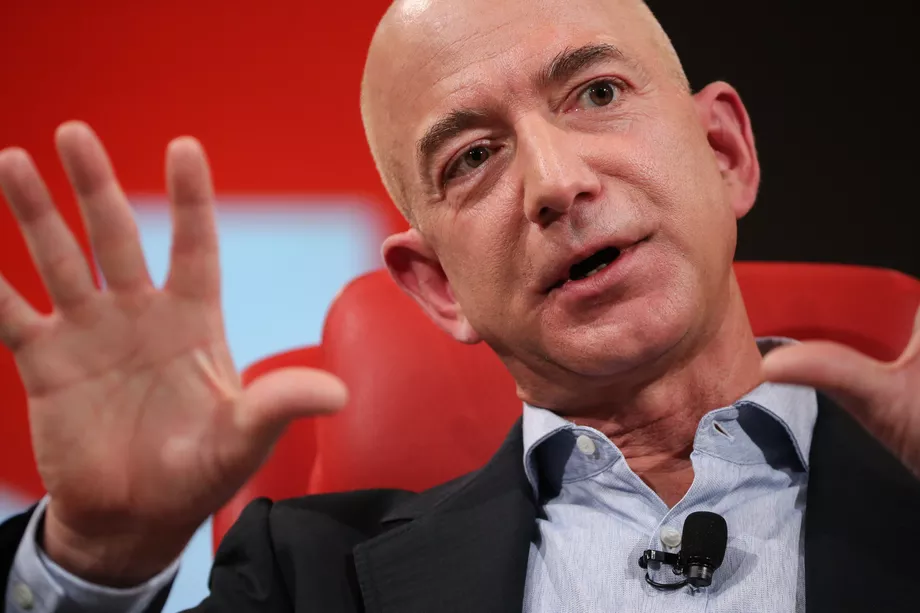Jeff Bezos’ grand vision is playing out. Asa Mathat
Estimates show that nearly as many U.S. households subscribe to Prime as to pay TV.
Someday soon, more U.S. households will be subscribers of Amazon Prime than cable or satellite TV, according to recent estimates of Amazon’s popular shipping and entertainment service.
According to estimates from Morningstar, nearly 79 million U.S. households now have an Amazon Prime membership*, up from around 66 million at the end of last year.
That compares to a projected 90 million U.S. households that will pay for cable or satellite TV this year, according to S&P Global.
According to these estimates, more U.S. households may have an Amazon Prime subscription than a pay TV subscription as soon as next year.
The implication here is not that Amazon’s Prime Video service is more popular than TV; the main reason most people subscribe to Amazon Prime is still the fast delivery of products.
But it is an indication that Prime is moving toward becoming a “no-brainer” for more than just wealthy Americans. To that end, Amazon has been courting lower-income American households with discounts for those on government assistance, as well as a monthly payment option for those who don’t want to cough up $99 for an annual subscription.
These growth tactics are important, since more than 80 percent of America’s wealthiest households already pay for Prime. And Amazon knows that Prime is the core of its retail business: Prime members spend more in a year than non-Prime members do, shop more frequently than others and price-compare less, according to studies.
* Amazon doesn’t disclose Prime member numbers, so Morningstar’s estimates are based on an analysis of Amazon’s cash-flow statement. There are survey-based Prime membership estimates from other companies that range as high as 85 million U.S. members and as low as 60 million.
BY

